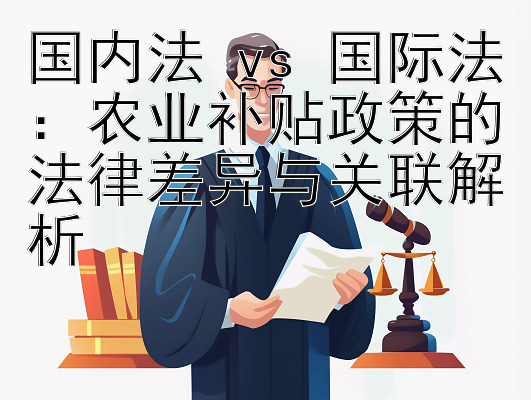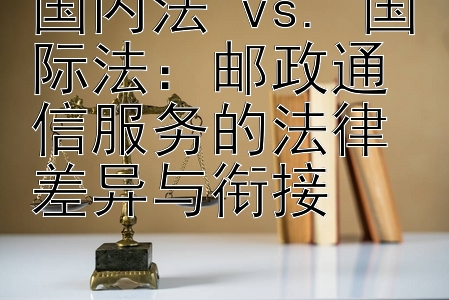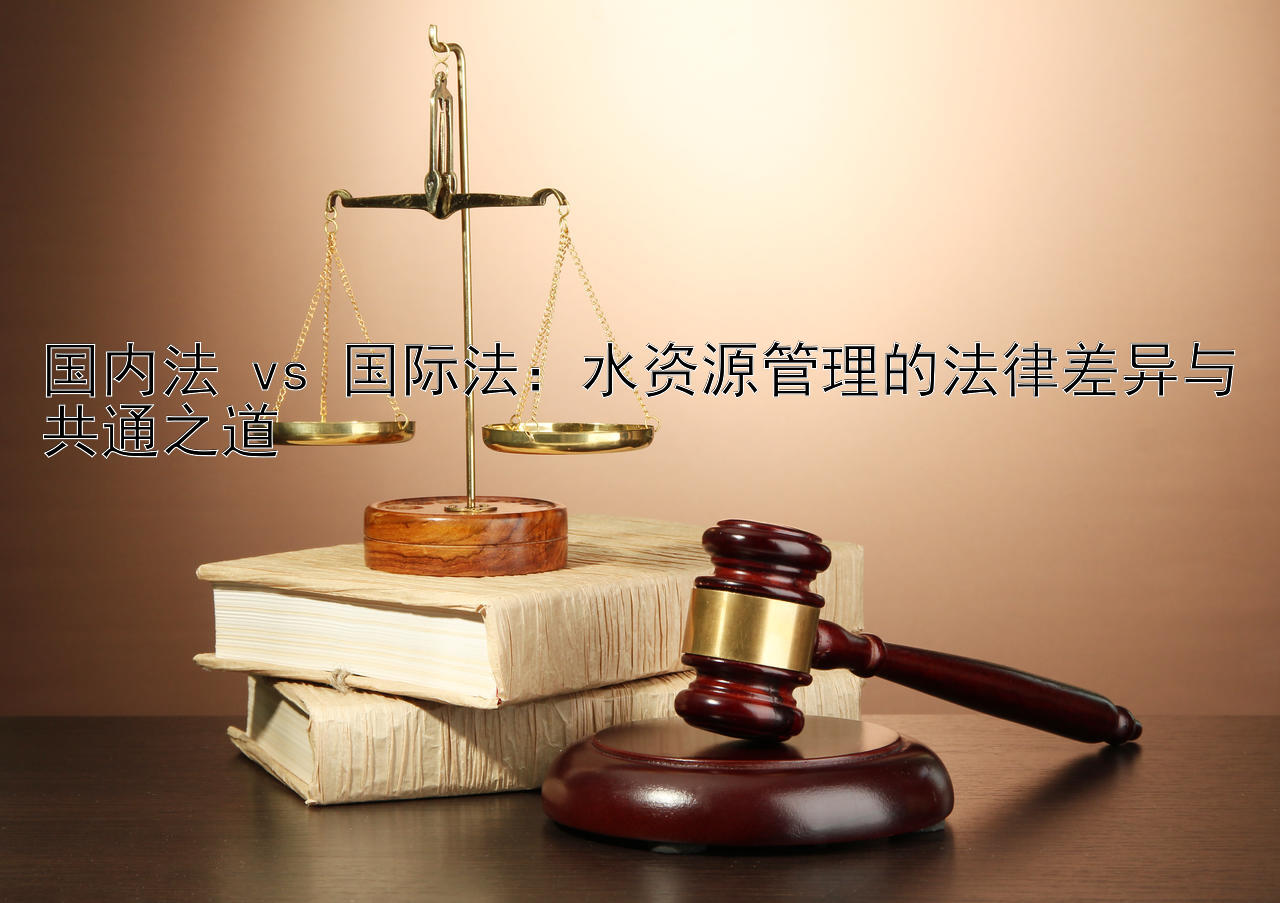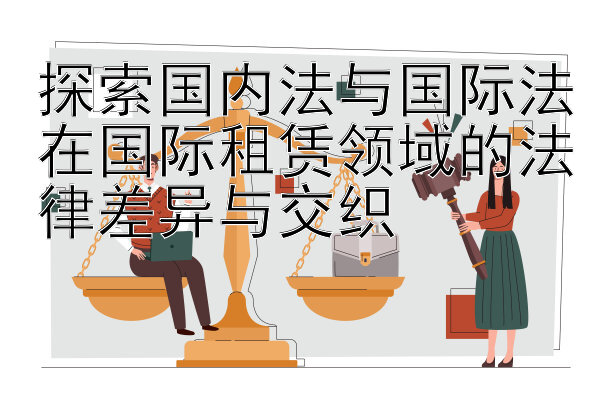在探讨包容与排他的价值取向在国内外法律体系中的差异时,我们需要认识到每个国家的法律都是其社会、文化、历史和政治环境的反映。因此,法律的制定不仅受到国际法原则的影响,还受到国内特定价值观的驱动。以下是对这一主题的深入分析:
1. Defining Inclusive and Exclusive Value Orientations in Law
Inclusive value orientation refers to a legal framework that seeks to embrace diversity, promote equality, and ensure equal access to justice for all members of society regardless of their background or status. It is characterized by laws that are designed to protect the rights of minorities, foster social cohesion, and create an environment where everyone feels represented and protected under the law. Conversely, exclusive value orientation implies a legal system that reinforces traditional norms, privileges certain groups over others, and may inadvertently (or intentionally) exclude individuals or groups from full participation in societal institutions and processes. This can lead to discrimination based on factors such as race, gender, religion, sexual orientation, or socioeconomic status.
2. International Legal Framework: The Universal Declaration of Human Rights
The Universal Declaration of Human Rights (UDHR) serves as a foundational document for many nations' inclusive legal systems. Adopted by the United Nations General Assembly in 1948, it sets out fundamental human rights that every individual should enjoy without distinction of any kind. Article 2 of the UDHR states, "Everyone is entitled to all the rights and freedoms set forth in this Declaration, without distinction of any kind, such as race, color, sex, language, religion, political or other opinion, national or social origin, property, birth or other status." This principle has been echoed in various international treaties and conventions aimed at promoting global adherence to inclusive values.
3. Domestic Implementation: Variation Across Countries
Despite these universal declarations, there is significant variation among domestic legal systems regarding how well they embody inclusive principles. Some countries have made great strides towards creating inclusive environments through legislation that prohibits discrimination, protects minority rights, and ensures access to justice for all citizens. Others struggle with entrenched cultural biases and historical legacies that result in exclusionary practices within their legal structures. For instance, while many Western liberal democracies have adopted relatively inclusive approaches to governance and law enforcement, some authoritarian regimes actively use legal mechanisms to suppress dissenting voices and marginalize specific segments of their populations.
4. Case Study: Comparative Analysis Between Legal Systems
To illustrate the differences between inclusive and exclusive value orientations within legal frameworks, consider the contrast between the United States and China. The US Constitution includes provisions that are generally considered inclusive, such as the Equal Protection Clause of the Fourteenth Amendment, which guarantees that no state shall deny any person within its jurisdiction "the equal protection of the laws." However, despite these protections, issues like systemic racism, income inequality, and disparities in criminal sentencing continue to challenge the country's commitment to inclusion. Meanwhile, China's legal system reflects a more centralized approach with strong elements of control and uniformity that prioritize stability over individual expression or autonomy. While the government often cites social harmony as justification for its policies, critics argue that these measures restrict freedom and disproportionately affect ethnic minorities and those who express differing opinions from the official narrative.
5. Challenges and Opportunities for Change
Efforts are being made globally to address the shortcomings of both inclusive and exclusive aspects of current legal systems. International organizations like the UN work toward holding member states accountable for upholding human rights standards outlined in documents like the UDHR. Domestic advocacy groups push for legislative reforms that better reflect diverse needs and interests within societies. As technology advances further connect people across borders, there is also potential for greater cross-cultural dialogue about what constitutes fair treatment under law—and increased pressure on governments worldwide to live up to higher ideals when crafting public policy moving forward.
Conclusion
In conclusion, understanding the interplay between international standards for human dignity alongside unique contextual pressures influencing domestic legislatures provides insight into why some jurisdictions lean more heavily towards either inclusion or exclusivity than others do today—but also points towards avenues through which future generations might build upon successes achieved so far while learning lessons from past mistakes along way too if we hope achieve truly just world tomorrow yet still remain true ourselves now though first step always starts right here where each one us stands even now already doing something small but important enough maybe just beginning make big difference after all once started together somehow anyway eventually does sometimes really quite amazing ways indeed!





